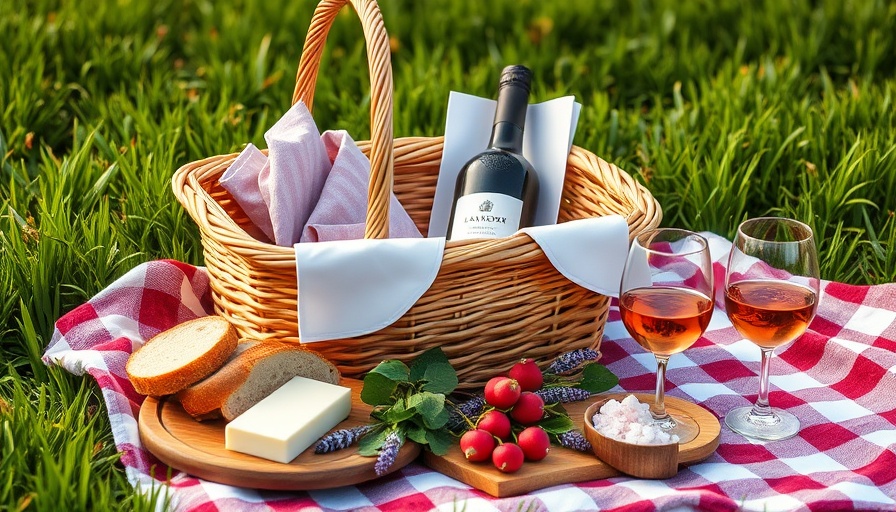
Plan Your Spring Bulb Garden Layout for Success
Spring is just around the corner, which means it’s time to start thinking about the vibrant blooms that can flourish in your outdoor space. But before you rush out to plant your bulbs, take a moment to plan your garden layout. Having a vision ensures your garden not only looks beautiful but that each plant has the best chance to thrive.
Many gardeners make the mistake of just sticking bulbs in the ground without much thought. This can lead to chaos where certain flowers overshadow others or where they don’t flower as expected. To avoid this, consider the variety of bulbs and the conditions they need, such as sunlight and soil type.
Give Your Bulbs Room to Grow
A common error when planting bulbs is to plant them too closely together. While it may seem appealing to cluster bulbs for a dramatic visual effect, this can reduce their blooming potential. When bulbs are crowded, they often get stunted in growth and may need to divide sooner than expected, resulting in fewer blooms in that season.
Instead, aim to space your bulbs according to their type. For example, daffodils thrive when planted 6 to 12 inches apart, allowing each bulb the room necessary for healthy growth. Proper spacing not only improves air circulation among the plants but also supports healthy root development.
Ensure Proper Soil Drainage
Soil drainage is vital in ensuring that your spring garden flourishes. Bulbs planted in waterlogged soil can suffer from rot, leading to a disappointing garden. Before you plant, assess the current drainage as well as consider enriching your soil with organic matter.
Using well-drained soil is particularly important for bulbs like tulips and lilies, which prefer conditions that prevent sogginess. Consider mixing compost into your bulb planting area; this organic matter enhances drainage and enriches the soil, making it perfect for bulb growth.
When to Plant Your Bulbs for Optimal Blooming
The timing of your bulb planting matters greatly. Spring-blooming bulbs, such as crocuses and daffodils, are typically planted in the fall before the frost hits. On the other hand, summer-blooming bulbs like gladiolus and dahlias are best planted in the spring once any chance of frost has passed.
Knowing your USDA Hardiness Zone is essential in determining not only when to plant but also which types of bulbs are likely to survive and thrive in your garden. By selecting the right bulbs for your zone, you're setting your garden up for success.
Watering: Finding the Right Balance
Water management is crucial in the health of your spring bulbs. Many new gardeners tend to overwater, fearing that their bulbs will dry out. However, it’s vital to strike a balance. Bulbs require regular watering but may also need dry spells to prevent rot.
As a rule of thumb, water your bulbs deeply but infrequently, allowing the top inch of soil to dry out between watering sessions. Monitor weather conditions and adjust your watering routine accordingly.
Common Misconceptions About Bulb Planting
There are several myths surrounding bulb planting that can lead even seasoned gardeners astray. One common misconception is that all bulbs should be planted at the same depth. In reality, the planting depth can vary widely based on the bulb species. For instance, larger bulbs like tulips may need to be planted deeper than smaller ones like snowdrops.
Educating yourself about different bulb needs will take your spring garden from average to extraordinary, ensuring that your blooms not only emerge but thrive.
Choosing the Right Bulbs for Your Garden
Not all bulbs are created equal, and selecting the right ones for your climate and soil type can significantly impact your garden's success. Always opt for healthy, blemish-free bulbs from reputable suppliers. Explore various flower types that will bloom at different times throughout the spring to create a continuous splash of color in your yard.
Incorporating a mix of early bloomers like grape hyacinth with later bloomers such as peonies ensures that your garden remains visually appealing and lively throughout the entire season.
Spring is a time for rejuvenation, and with a bit of planning and care, your garden can become a stunning display of natural beauty. Don't underestimate the impact of avoiding common planting mistakes; it can mean the difference between a flourishing garden and a lackluster one.
Call to Action
Ready to dig in and make the most of your garden this spring? Use these insights to avoid common pitfalls and set your spring bulbs up for a spectacular display. Embrace your inner gardener and let your creativity flourish! Remember, a well-planned garden leads to a rewarding experience, bringing joy not just to you but also to those who see your handiwork.
 Add Row
Add Row  Add
Add 






Write A Comment